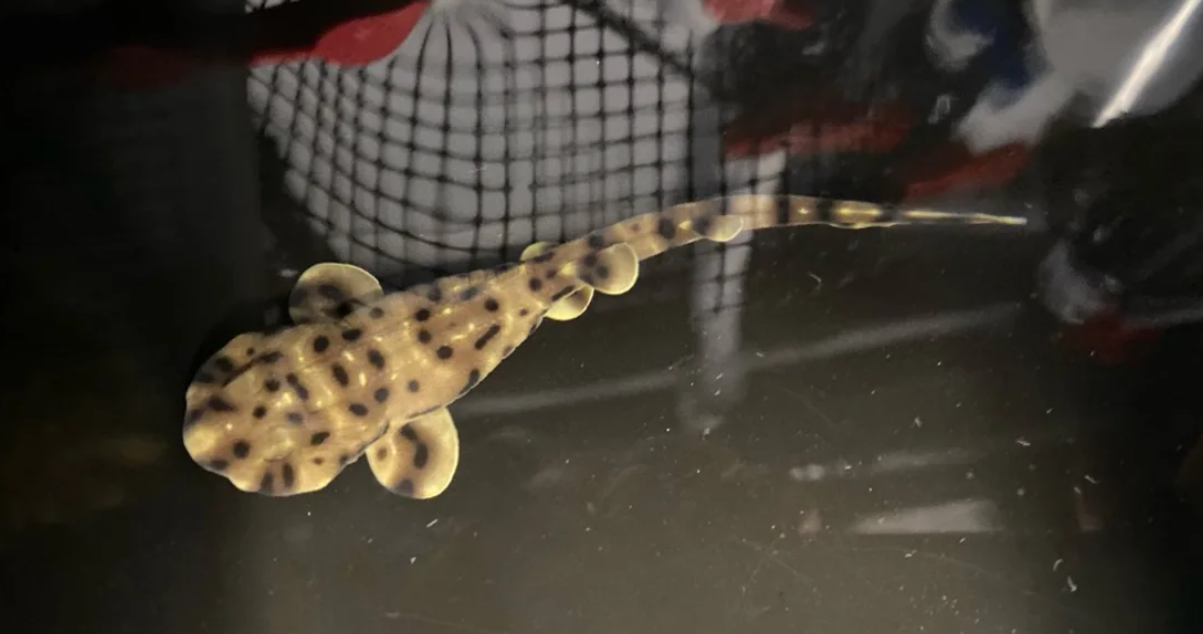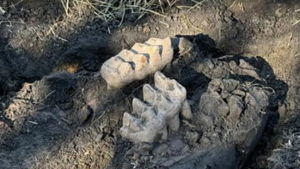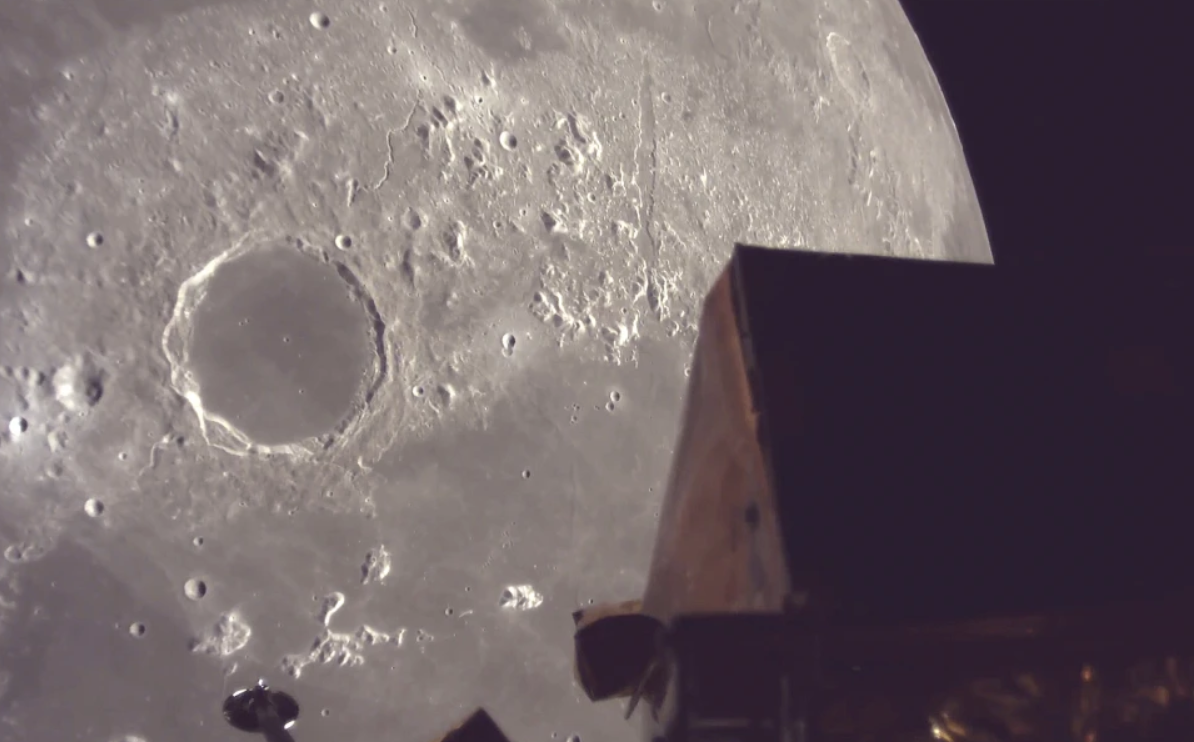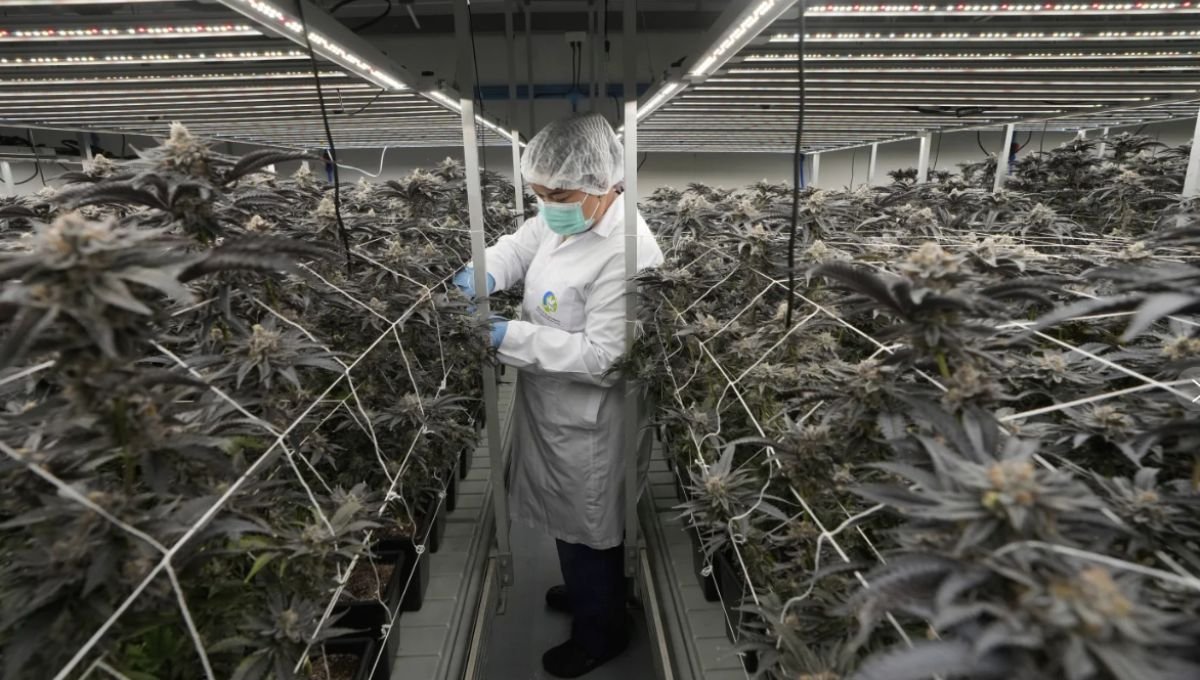The birth of a baby swell shark at a Louisiana aquarium has sparked excitement, as the egg hatched despite the absence of male sharks. The pup, named Yoko, was born in early January at the Shreveport Aquarium, hatching from an egg in a tank with two female sharks, but no males.
Remarkably, the two female sharks that could have laid the egg had not been in contact with a male shark for over three years.
The aquarium suggests that there are two possible explanations for the birth. One possibility is parthenogenesis, a type of asexual reproduction where an embryo develops from an egg without fertilization.
The aquarium also suggested that delayed fertilization could be another possible explanation, where fertilization occurs long after mating.
Kevin Feldheim, the manager of the Pritzker Laboratory for Molecular Systematics and Evolution, who specializes in the mating systems and population biology of sharks, explained that parthenogenesis has been observed in several shark species, such as the zebra shark and whitespotted bamboo shark. It’s also believed to have occurred in one species of ray.
Feldheim noted that parthenogenesis usually happens when females are isolated from males, but there are instances where females have reproduced this way even in the presence of males. He also pointed out that the exact triggers for parthenogenesis are still unknown. “In general, we think that this is a last-ditch effort by the female to pass on her genes,” he said.
He further emphasized how adaptable sharks are in terms of their reproductive methods.
Feldheim also mentioned that scientists currently have little understanding of how long females can store sperm in different shark species. In one case, a female shark was found to have stored sperm for at least 45 months.
The Shreveport Aquarium stated that it will conduct genetic testing on Yoko once the pup is old enough to determine how it was conceived.
“This situation is incredible and demonstrates the resilience of this species,” said Greg Barrick, the aquarium’s curator of live animals, in a press release.
“We’re excited to confirm in the coming months whether this was a case of parthenogenesis or delayed fertilization. It truly shows that life… finds a way.”














